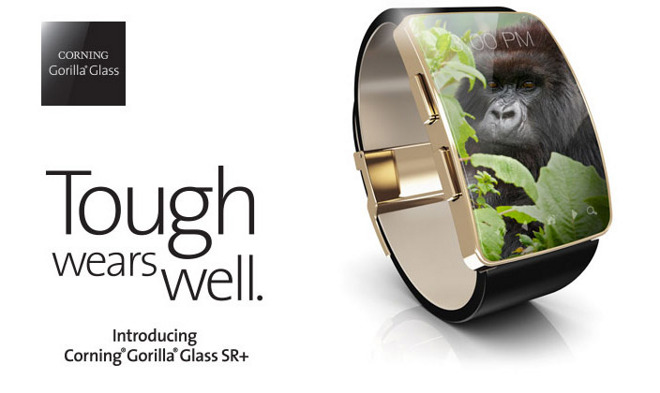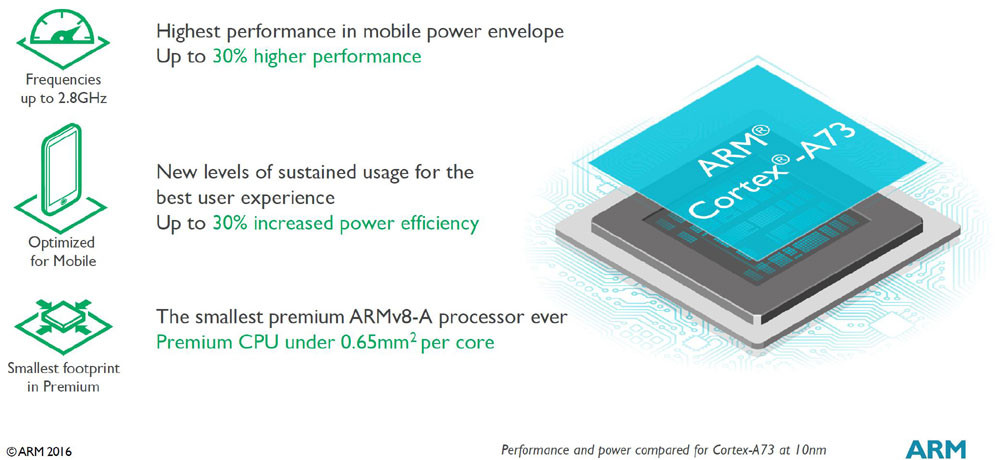
Smartphone photography has a come a long way since I started covering this industry back in 2006. Back then, Nokia was leading the pack with their 3.2 megapixel N73 that had autofocus, but it also had a ridiculously tiny 2.4 inch screen and a body that came in at 20 millimeters thick. Today’s phones take photos that are leaps and bounds better, while coming in at under 8 millimeters. So what’s next? More megapixels is one answer, but Toshiba thinks handset makers should start thinking about simply adding more cameras.
Their new camera module, called the TCM9518MD, has two five megapixel sensors and a dedicated chip that can handle things like refocusing a photo you’ve already taken, capturing depth data, and making everything in both the foreground and background appear in focus. Toshiba says that this sensor is already sampling, and we might even see it show up in a device at some point during the end of 2014.
Now let’s be serious, will this actually take off? I want to believe in Toshiba and the combination of multiple sensors plus mathematics delivering better photos, but I still think there’s still a ways to go when it comes to improving the sensors we already have. Simply slapping two sensors together to deliver a better image might be more convenient, but there’s still work to be done with increasing sensor size, improving optics, and most importantly, improving imaging algorithms.
Samsung phones, Sony phones, the iPhone, they all use the same sensors from Sony, yet each of them deliver drastically different results because of the software that handles the processing and the choice of optics. Nailing down that formula is, to me at least, more crucial.

















